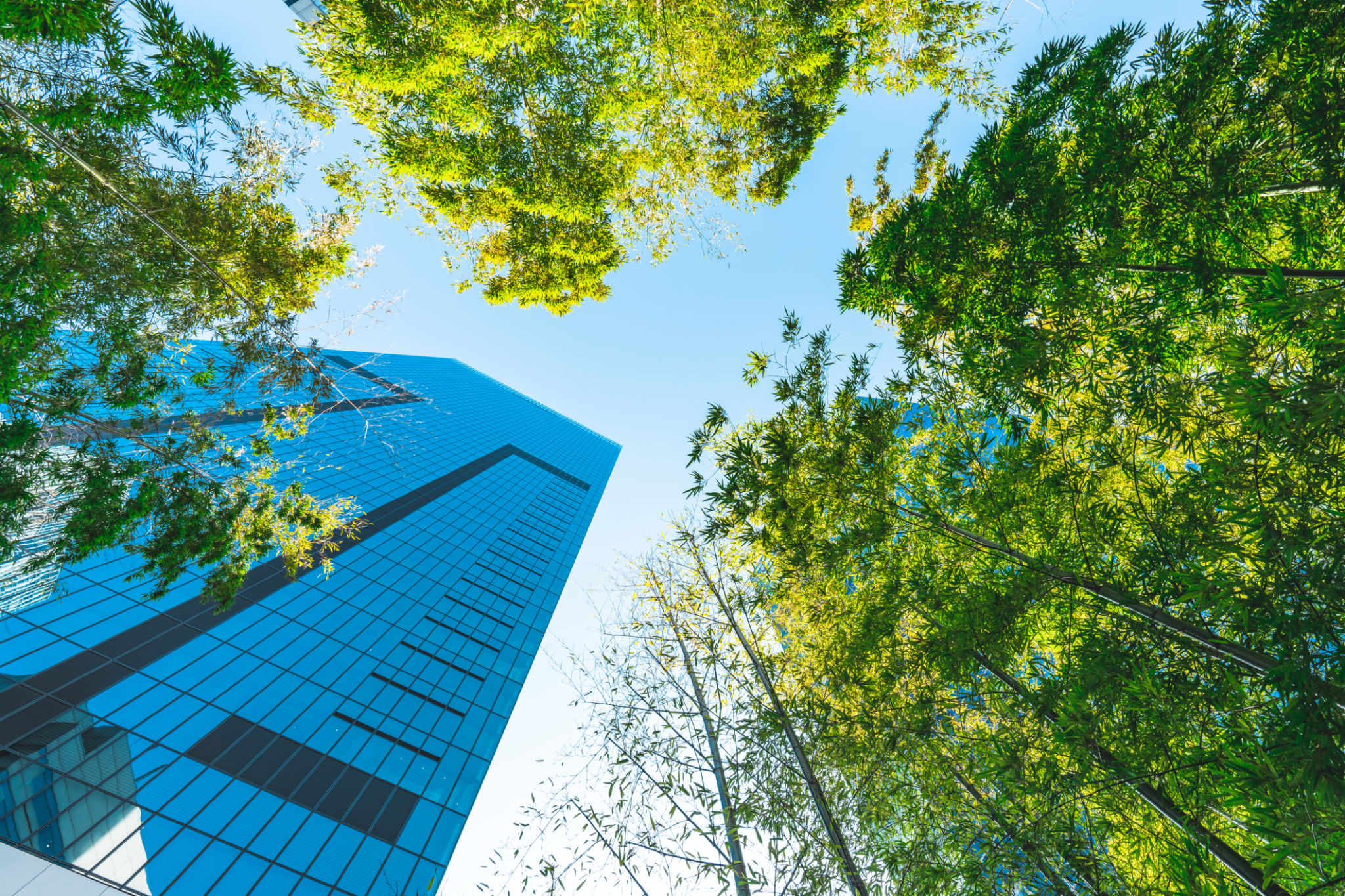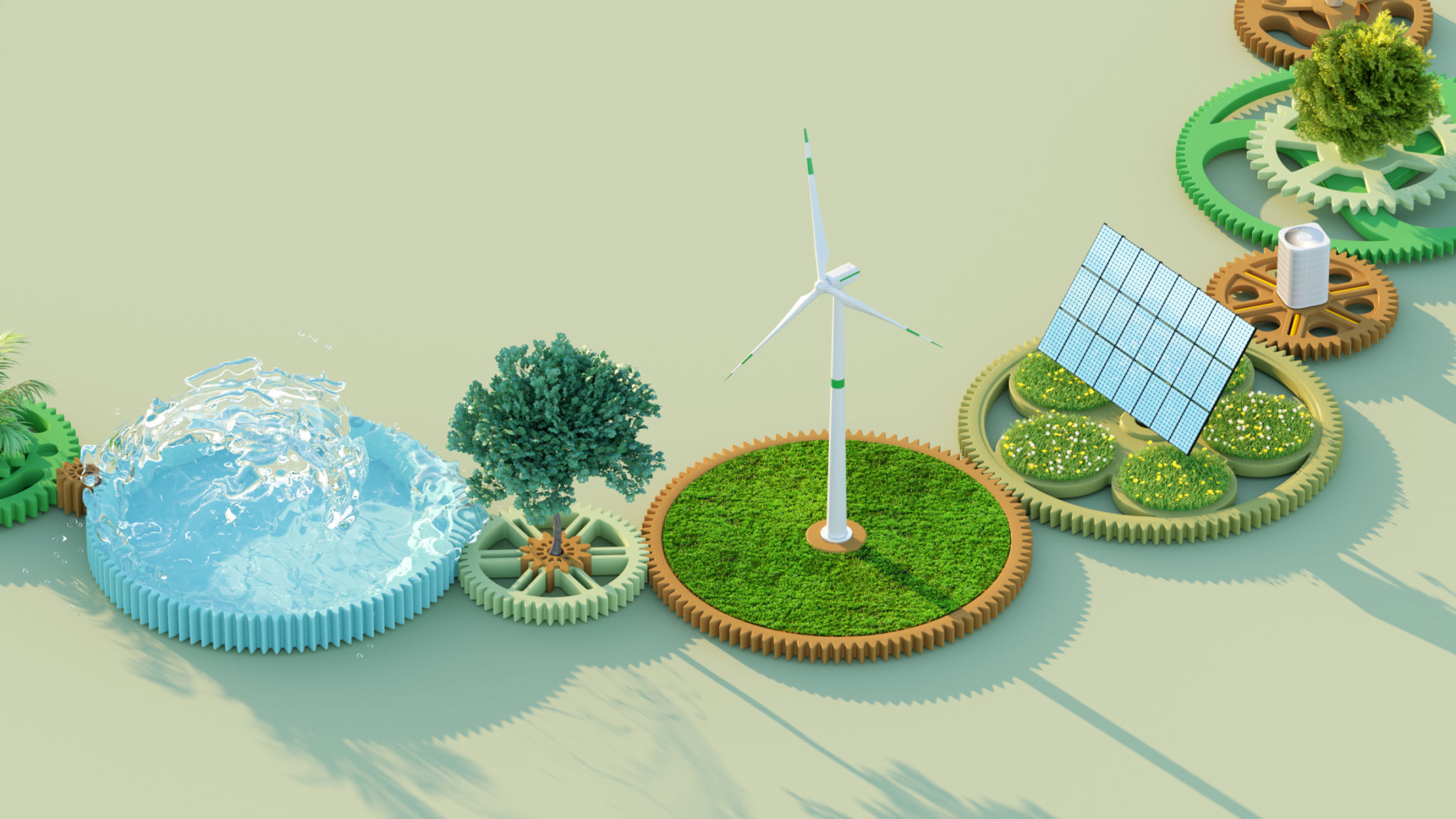Expert Insights: The Future of Sustainable Design Practices
The Growing Importance of Sustainable Design
As the world becomes more conscious of environmental impact, sustainable design practices are no longer just a trend—they are a necessity. From architecture to product design, professionals across industries are seeking ways to minimize ecological footprints and maximize resource efficiency. By integrating sustainability into their workflows, designers can contribute significantly to a more sustainable future.
Sustainable design focuses on creating systems that are not only efficient but also mindful of the long-term effects on the environment. This involves using renewable resources, reducing waste, and designing for energy efficiency. As we look ahead, it’s clear that these practices will continue to evolve and influence how we approach design challenges.

Innovations Driving Sustainable Design
The future of sustainable design is rooted in innovation. Designers are increasingly leveraging technology to create solutions that are both aesthetically pleasing and environmentally friendly. Among these innovations are smart materials, which can adapt to environmental changes, and digital tools that assess the sustainability of design choices before they’re implemented.
Another significant advancement is the use of biomimicry, where designers draw inspiration from nature to solve complex human problems. This approach not only fosters creativity but also aligns closely with sustainable principles, as it seeks solutions that work in harmony with natural ecosystems.

The Role of Circular Economy in Design
A critical component of sustainable design is the concept of the circular economy. Unlike the traditional linear economy, which follows a "take-make-dispose" model, the circular economy emphasizes the continual use of resources. This approach encourages designers to create products that are durable, repairable, and recyclable.
Implementing circular economy principles requires a paradigm shift in how products are designed and manufactured. Designers must think about the entire lifecycle of a product, from sourcing raw materials to end-of-life disposal or repurposing. This holistic view ensures that sustainability is woven into every stage of the design process.

Challenges and Opportunities
While there are numerous benefits to sustainable design, there are also challenges that need to be addressed. One major obstacle is the initial cost associated with implementing sustainable practices. However, this can often be offset by long-term savings and increased efficiency.
Moreover, there’s an opportunity for education and advocacy within the industry. By promoting awareness and understanding of sustainable practices, designers can influence clients and stakeholders to prioritize sustainability in their projects. This shift in mindset can lead to broader adoption of eco-friendly practices across various sectors.
The Future Outlook
Looking forward, the future of sustainable design is promising. As technology continues to advance and awareness grows, the potential for innovative and impactful designs will expand. Designers will need to remain adaptable and open to new ideas to stay at the forefront of sustainable practices.
The push towards sustainability is not just about meeting regulations or industry standards; it's about creating a better world for future generations. With continued focus and commitment, sustainable design will play a pivotal role in shaping a more resilient and environmentally conscious society.
